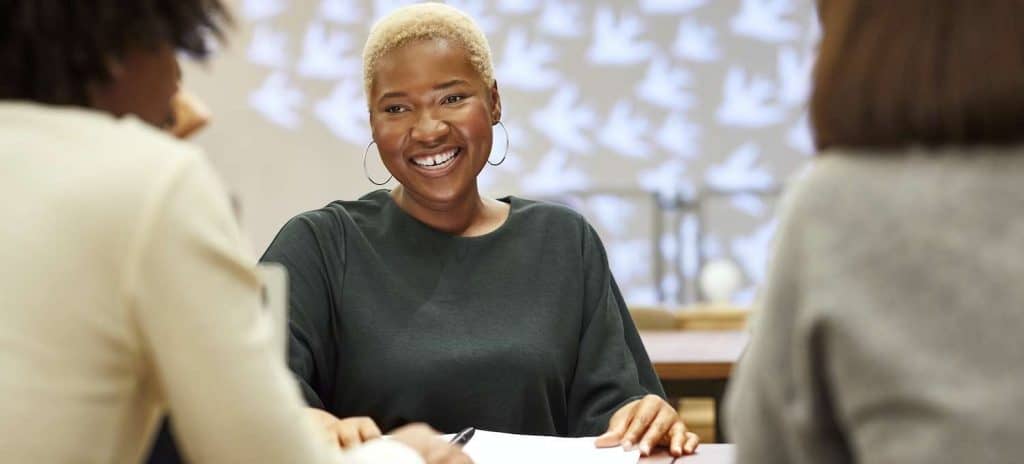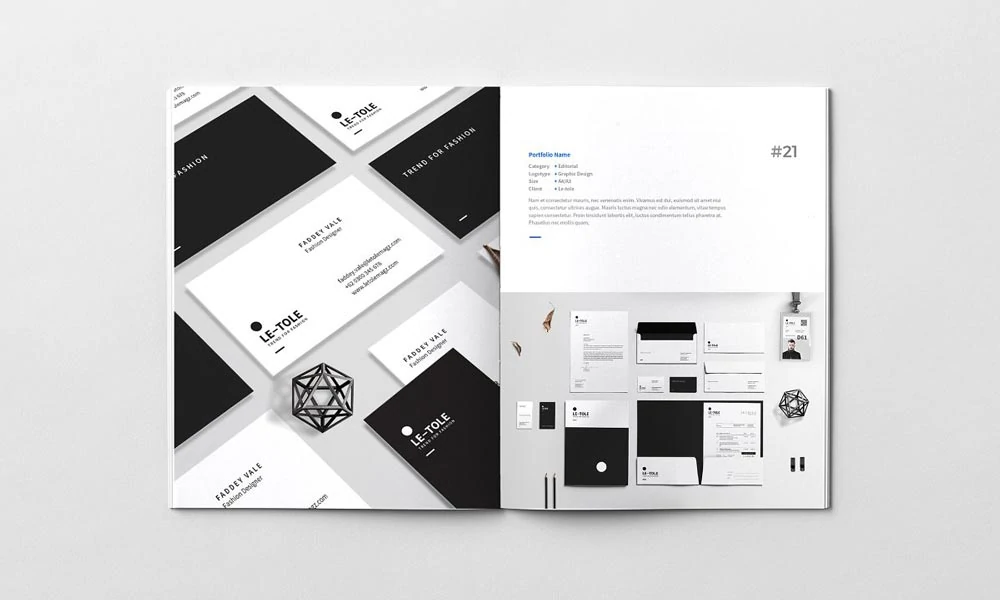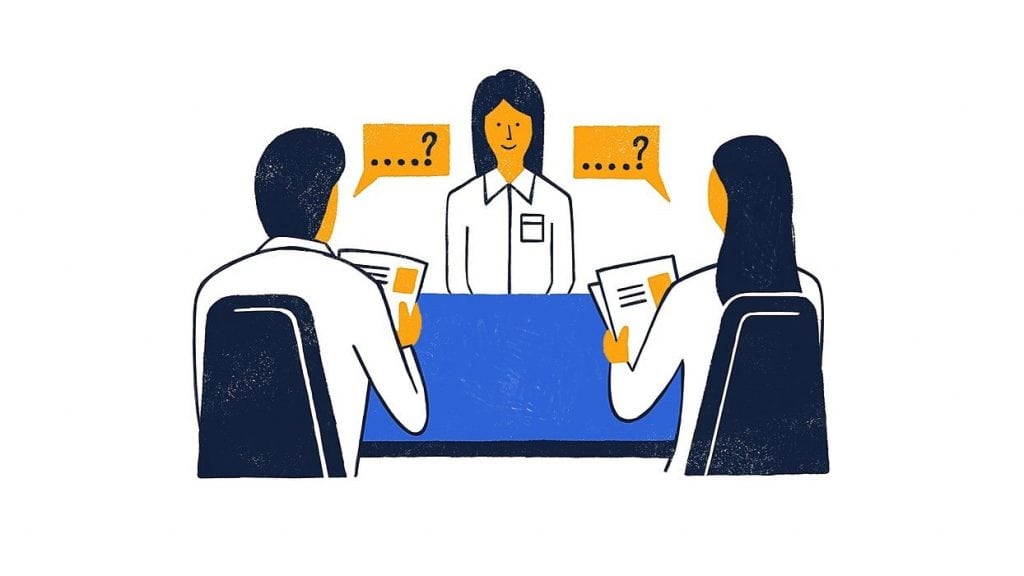How to Impress Interviewers for Graphic Design Jobs
If you want to get into a career as a graphic designer, there are various steps you need to take to boost your chances of success.
Of course, you must ensure you have the training and passion for this type of work, but you must also impress potential employers to get your foot through the door of this industry.
When it comes to achieving this goal, there are some essential things that you need to do, as this can then make a big difference when it comes to both getting an interview and impressing the interview panel when you attend.
Graphic design is an industry with much competition, so ensuring you impress the decision makers is hugely important. In this article, we will look at some of how you can do this.
You know you're qualified for the job, and you've spent much time preparing. But when it comes to the interview, you're unsure how to impress the hiring manager.
You may think that you've done enough research, but it turns out that specific interview questions are designed to throw you off balance and that they're the ones you should be worried about.
In this article, I'll show you how to impress interviewers with a graphic design job interview.
Table of Contents
Some Tips to Help

You can take several steps to increase the chances of impressing interviewers when applying for a graphic designer job. Some of these are:
Get Certifications
One of the things that you should do to impress interviewers is to gain professional certifications or qualifications in graphic design. While you do not necessarily have to gain a specific qualification for this type of work in some cases, you will impress decision-makers far more if you have studied the subject and gained a relevant qualification. You will find a variety of courses that could be ideal, and you can even head online to find suitable courses.
Do Your Research
Another thing that you should do to impress interviewers for a graphic design job is to do as much research as you can. This means researching graphic design and what is involved if you have never worked in this field before, and also researching the companies you apply for jobs. This knowledge can make a big difference in your success levels, and you can use what you learn in your application, resume, and a face-to-face interview.
Create the Best Resume
Another thing you should do is create the best resume possible, and you can access graphic designer resume templates online to help you do this. Your resume provides an excellent opportunity to impress decision makers at graphic design companies, and it can make a big difference in whether you are invited in for an interview.
In addition, what you put in your resume and how you come across at the interview can make a big difference in whether you get the job offer you want.
These are some of the critical things that you can do if you want to impress interviewers for graphic design jobs.
Portfolio Tips

If you're looking to impress prospective employers with your graphic design skills, take note of the following tips for preparing an impressive portfolio.
In addition to creating quality work that demonstrates your skill level, a portfolio is an excellent way to show off your creativity and professionalism. An employer may look past your work's quality and focus on your portfolio's presentation and aesthetics.
A professional graphic designer creates a portfolio based on what employers want. They want to see work that reflects their brand, whether a new logo or a brochure for their company. They also want to see work that clearly shows your ability to manage a project, communicate effectively, and manage deadlines.
Your portfolio should contain:
- High-quality, professionally-printed work
- Work from your own style
- A variety of designs
- A strong theme that ties your designs together
- Work that shows your process, not just the final product
- A clean, polished look that reflects the brand of the company
How to Create a Portfolio to Impress an Interviewer
Your portfolio must demonstrate your ability to meet the job requirements and your unique style and creativity. These are the essential elements of a portfolio:
- Quality work
- Presentation
- Process
- Creativity
- Professionalism
As you prepare your portfolio, consider the following guidelines:
Quality
Your portfolio needs to have high-quality, professionally-printed work. The printing should be consistent, accurate, and sharp. All fonts must be legible, and the colours should be bright and vibrant. The paper should be thick and sturdy, making the print clear.
It is essential that your work is clearly labelled and that the materials are organised to show your process and the creative aspects of your work.
You can choose from a range of papers, from standard copy paper to high-end archival paper, depending on the job you're applying for.
Presentation
Ensure the pages are bound in a rigid cover to protect the printing and prevent curling. Use only heavyweight stock that is smooth and dense, and avoid the use of thin, lightweight paper.
Process
Your portfolio needs to include a variety of designs, including logos, branding, brochures, ads, and other projects. Try to include examples of your previous work. It is essential that your portfolio is easy to navigate and the work is organised so it's easy to find the pieces you need.
For example, if you're designing a new website, include your previous work as examples of your web design skills. Your portfolio should include a variety of layouts and websites.
Creativity
Your portfolio should include examples of your work that show your unique style. If possible, include examples of your work demonstrating your creativity and originality.
Keep your portfolio organised, so it's easy to navigate, and make sure the materials are labelled clearly. Include your most recent work as the first piece in your portfolio, and work from there chronologically. For example, start with your most recent website or print work and move back in time.
Professionalism
Your portfolio should demonstrate your ability to manage a project, communicate effectively, and manage deadlines. Keep your portfolio organised and clean, and avoid clutter.
Your portfolio should reflect the company's brand, so it is best to keep your work cohesive and avoid having too many different styles.
How to Prepare for an Interview

Before your interview:
- Make sure your portfolio is complete.
- If possible, bring the portfolio to your interview and review it ahead of time.
- Make sure it's ready to go and that your work is presented clearly, and professionally.
Show off your creative side.
Your portfolio should include a wide range of styles that reflect your creative style. For example, if you're applying for a graphic design job, don't only include work that reflects a corporate brand. Instead, show off your artistic style by including work with a unique, personal touch.
Don't forget to include your best work and examples of your best work. Your portfolio must demonstrate your ability to manage a project, communicate effectively, and manage deadlines. Include examples of your previous work.
How to Present Your Portfolio
When presenting your portfolio, keep it neat, clean, and professional. Present your portfolio in a professional, well-lit room that is quiet and free of distractions.
The presentation should be concise. Maintain eye contact with the interviewer. Do not read through your portfolio during the interview; keep it on your desk until the interview ends.
It is also important to remember to be yourself. Don't try to be someone you're not. Instead, show the interviewer your best self and work. This can be challenging when presenting your work, but do your best to put yourself out there and show your true personality.
Conclusion
If you want a graphic design job, you should be prepared to face a series of interviews. That's right! You'll need to interview for each job you apply to.
The interview process is the only way a company knows whether you're truly qualified to work for them.
Interviews can feel intimidating, but they are a simple way to learn about prospective employers. And once you master the art of interviewing, you'll be able to ace every single one of them!
The best part about interviews is that they are an excellent opportunity to learn about a potential employer. And since companies often put much thought into the details of their hiring process, you'll likely learn a lot about the company culture and its values.
That's why I recommend taking the time to prepare for each interview.
Want to learn more about graphic design jobs? Join my email list, and you'll receive weekly updates.
